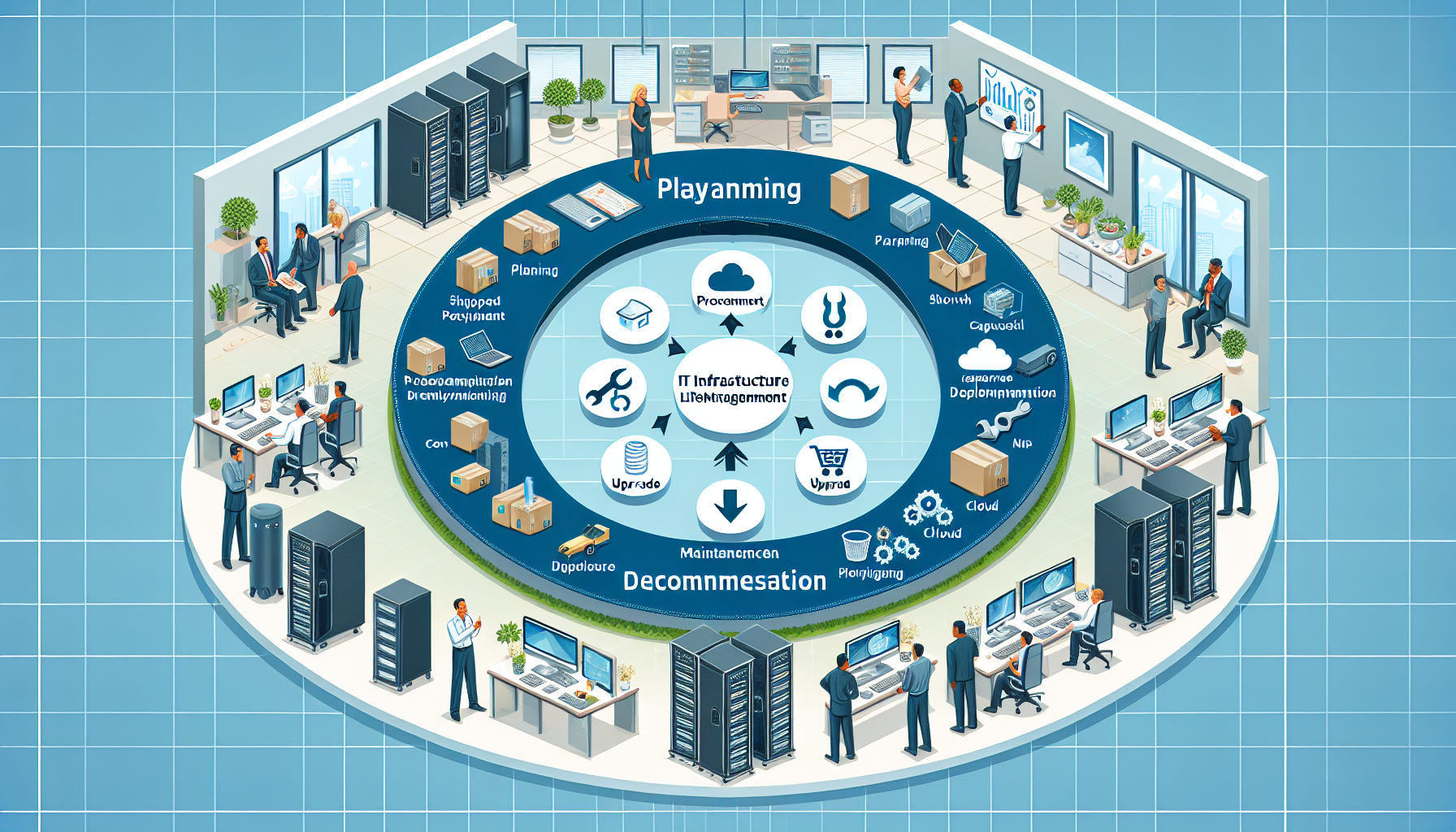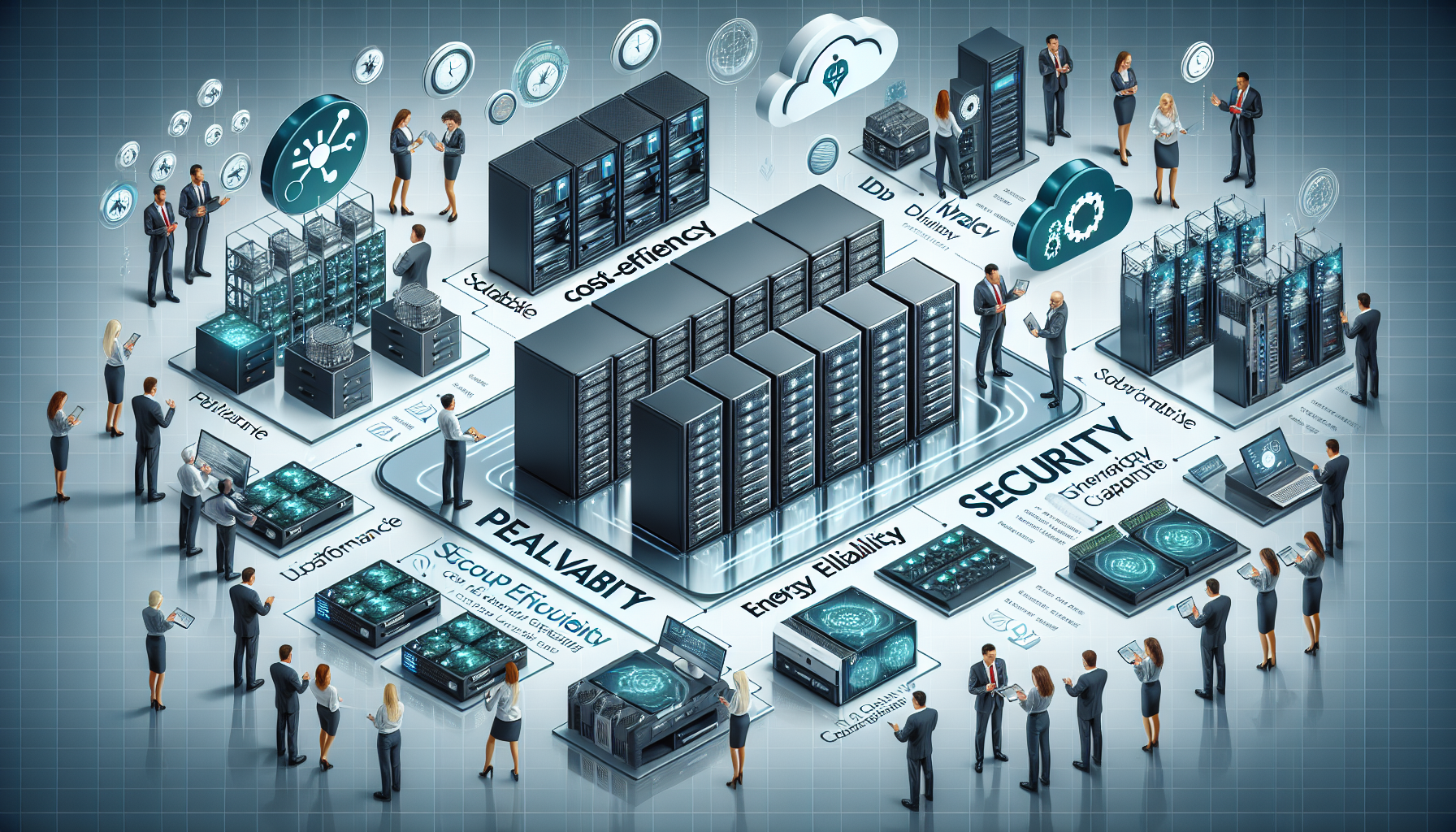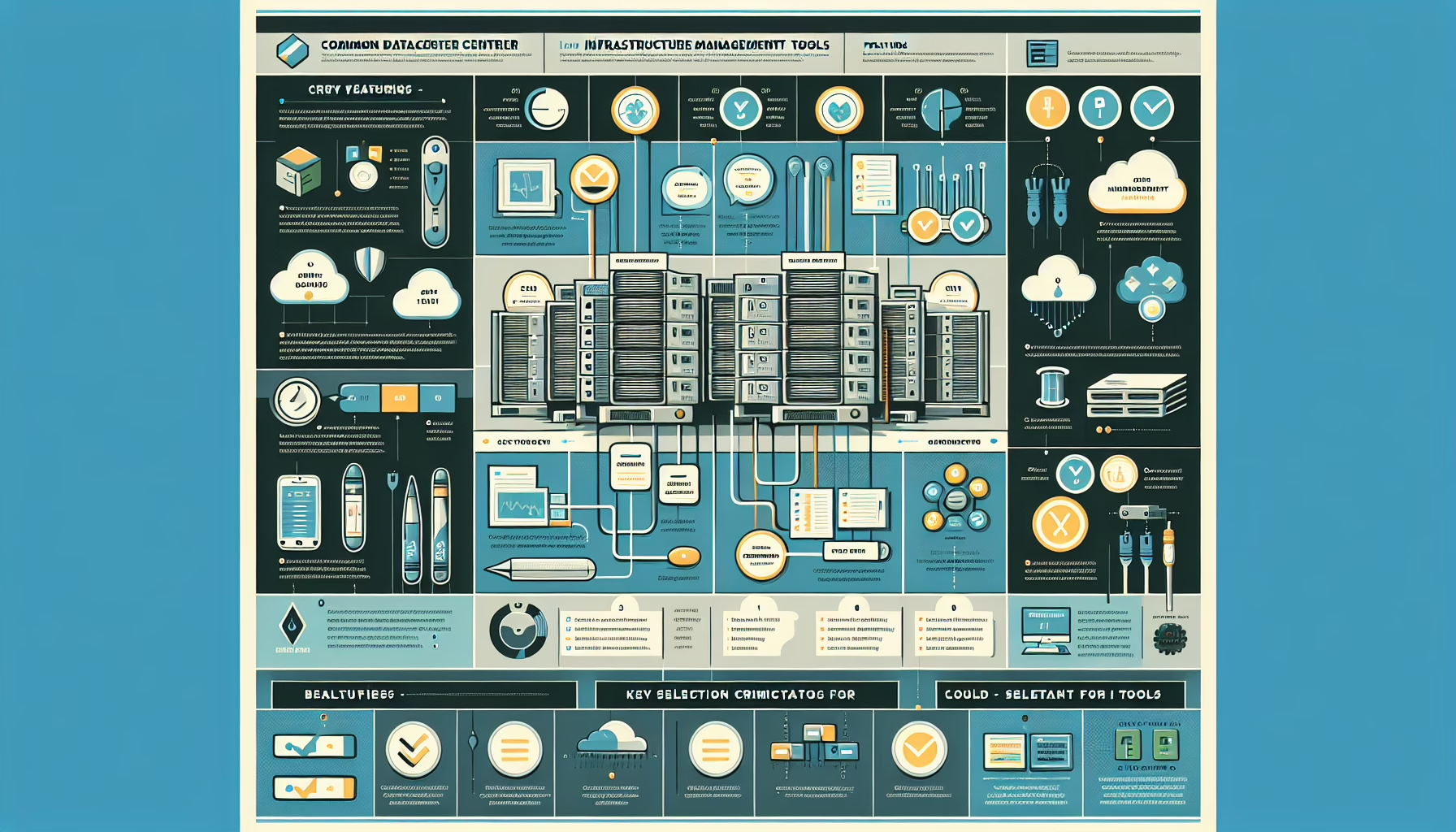How do I handle IT infrastructure lifecycle management?
Mastering IT Infrastructure Lifecycle Management: A Proven Enterprise Approach Managing the lifecycle of IT infrastructure in an enterprise environment is not just about keeping systems running — it’s about ensuring predictable performance, minimizing downtime, and maximizing ROI. In my two decades managing datacenters, virtualization clusters, and hybrid cloud deployments, I’ve learned that success comes from […]


